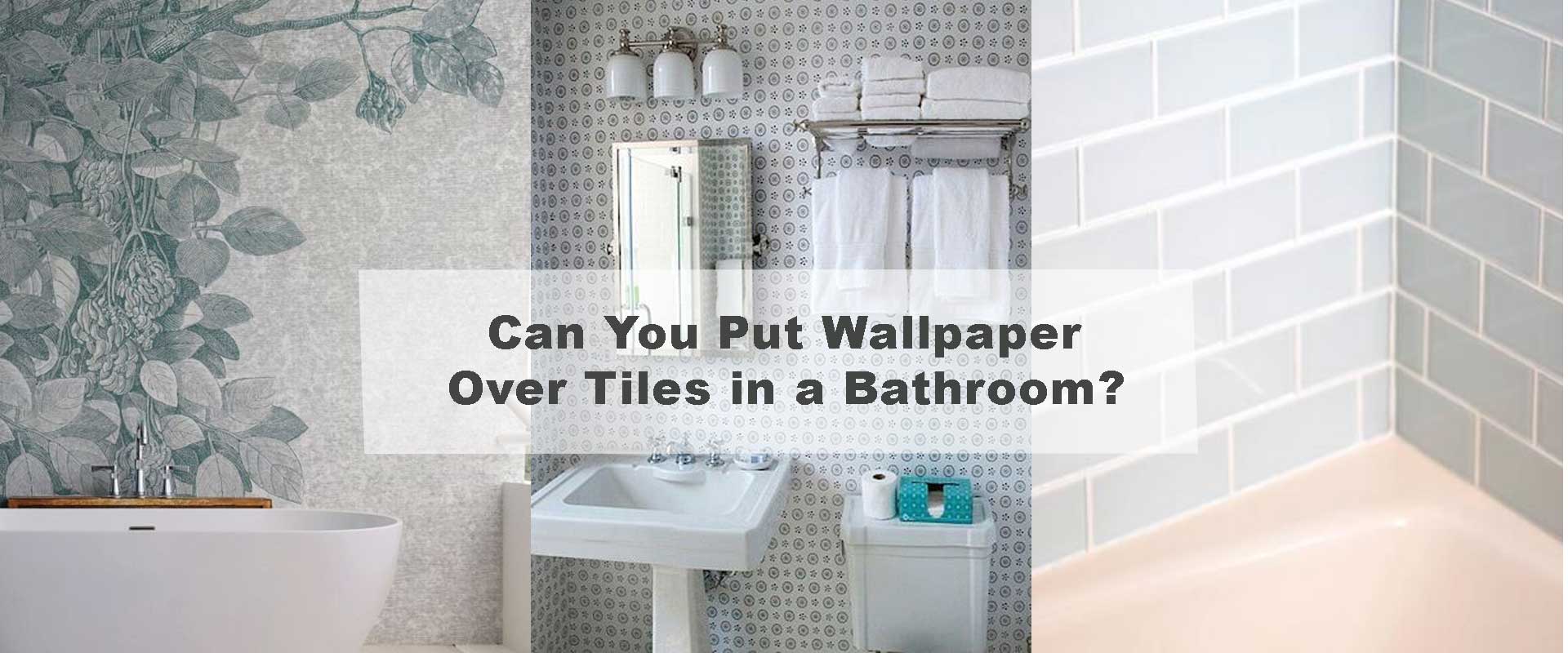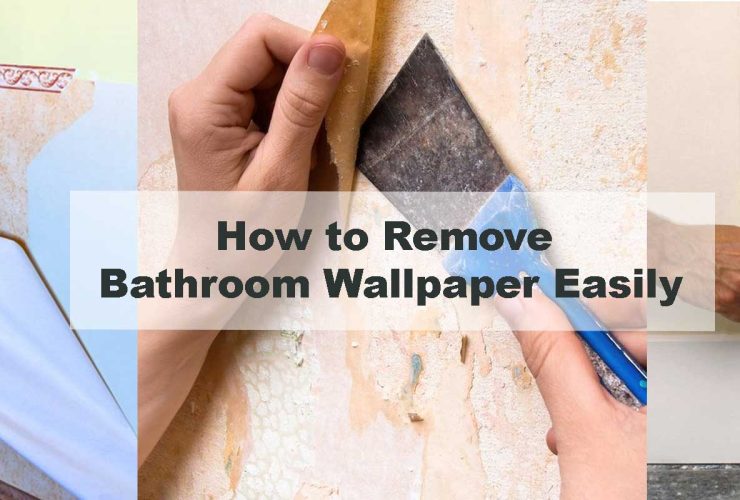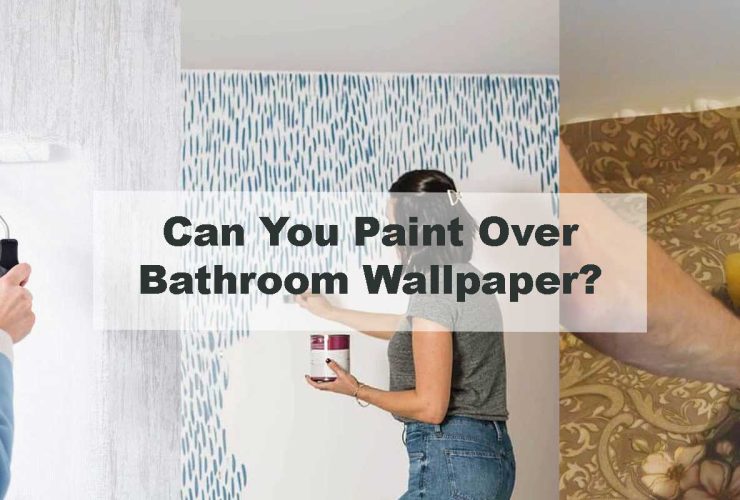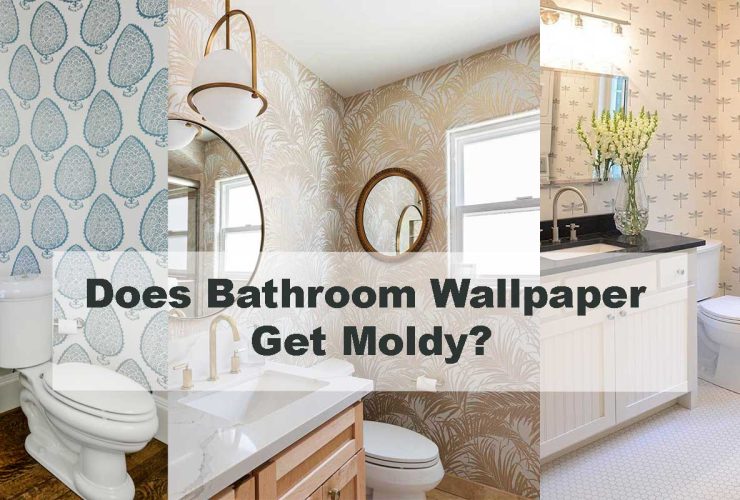Can You Put Wallpaper Over Tiles in a Bathroom?
Bathrooms are among the most functional rooms in a home, but their design can often feel cold or outdated, especially when dominated by plain tiles. While tiles serve a practical purpose by protecting walls from moisture, they don’t always provide the warmth, color, or personality that modern homeowners desire. Wallpaper, on the other hand, can completely transform a bathroom by adding pattern, texture, and character. The question many people ask is whether wallpaper can go directly over tiles without removing them. The answer is yes—you can wallpaper over tiles in a bathroom if you prepare the surface correctly and waterproof it properly. Done right, this method allows you to refresh your bathroom quickly, affordably, and stylishly without undertaking a full renovation.
Why People Want to Wallpaper Over Tiles
One of the main reasons homeowners consider wallpapering over tiles is cost savings. Removing old tiles can be messy, expensive, and time-consuming, often requiring professional help. Wallpapering over existing tiles avoids demolition while still delivering a fresh new look. It also provides far more creative options than tiles, with thousands of designs ranging from soft, neutral tones to bold statement patterns. Another reason is flexibility—wallpaper can be changed more often than tiles, making it easier to keep up with trends or refresh your space whenever you like. For renters, it’s also an appealing option, since it avoids permanent changes. With proper sealing and waterproofing, wallpapering over tiles can be both practical and long-lasting.
Can Wallpaper Stick to Tiles?
Tiles are non-porous, which means they are smooth and glossy, making it harder for wallpaper adhesives to bond directly. Standard paste usually won’t hold on tile without preparation. However, with sanding, filling grout lines, and applying the right primer, you can create a suitable surface for wallpaper to adhere to securely. Choosing the right wallpaper type also matters—vinyl wallpaper is most recommended because it resists moisture and bonds more effectively to prepared tiles. Once the surface is ready, wallpaper can stick well and last many years, even in humid bathroom conditions. For additional design ideas, explore our full bathroom wallpapers collection for patterns that combine durability with style.
Preparing Tiles for Wallpaper
Surface preparation is the most important step when applying wallpaper over tiles. If this stage is rushed or skipped, wallpaper will peel, bubble, or allow water to seep through grout lines, causing damage. With the right process, however, your tiles become a strong base for wallpaper that looks smooth and professional.
Step 1: Clean Thoroughly
Before applying wallpaper, tiles must be free of dirt, soap scum, or mildew. These contaminants weaken adhesive and shorten wallpaper lifespan. Scrub the surface with a mild detergent or vinegar solution to remove residue, then rinse and allow to dry fully. A clean base ensures adhesives bond properly and prevents mold from being trapped under the wallpaper.
Step 2: Sand the Tile Surface
Glossy tiles repel adhesives, so sanding is essential. Use medium-grit sandpaper to scuff the surface gently until it feels matte instead of shiny. This gives the wallpaper adhesive something to grip onto. You don’t need to remove the glaze completely—just roughen it enough so the wall no longer feels slick. Taking time here increases durability.
Step 3: Fill Grout Lines
Grout lines create uneven ridges that can show through wallpaper, making the finished look messy. To solve this, apply joint compound or filler over the grout, smoothing it out with a putty knife. Once dry, sand the area until the wall feels flat and seamless. This transforms your tiled wall into a uniform surface suitable for wallpaper.
Step 4: Apply a Primer or Liner
A bonding primer designed for slick surfaces like tiles should be applied after sanding and filling. This adds an essential layer that improves adhesion and protects against hidden moisture. For extra smoothness, some homeowners also apply lining paper, which creates a flawless canvas. Primer and liner both ensure that wallpaper sticks evenly and securely.
Step 5: Choose the Right Adhesive
Tiles require strong adhesives that are formulated for non-porous surfaces. A heavy-duty vinyl adhesive works best. Ordinary wallpaper paste isn’t effective on tile, and using the wrong product can cause peeling within weeks. Pairing proper adhesives with surface prep ensures your wallpaper stays in place even in humid bathrooms.
The Best Types of Wallpaper for Tiled Bathrooms
Wallpaper over tiles needs to be durable, resistant to humidity, and easy to clean. Choosing the right type of wallpaper will determine how well it performs over time.
Vinyl Wallpaper
Vinyl wallpaper is the best option for tiled bathrooms. It is washable, water-resistant, and available in many textures and patterns. Its thickness also helps disguise minor imperfections that may remain after filling grout lines. Vinyl is practical and stylish, making it ideal for bathrooms where moisture is a constant challenge.
Peel and Stick Wallpaper
Peel and stick wallpaper is popular for its convenience, especially among renters. It can be applied over tiles if grout lines are smoothed out completely. This type allows for quick makeovers without permanent alterations, but preparation is crucial. Explore our peel and stick bathroom wallpaper for options that combine ease with design flexibility.
Luxury Bathroom Wallpaper
Luxury wallpapers use premium materials and often include protective finishes that resist moisture. These wallpapers are perfect for creating a high-end spa-like atmosphere in bathrooms while still holding up against steam and splashes. See our luxury bathroom wallpaper for inspiration that blends performance with elegance.
Botanical, Geometric, or Bold Designs
Wallpaper over tiles also allows creative expression. Botanical wallpapers bring freshness and tranquility, geometric designs add structure, and bold prints create dramatic statement walls. If you love nature-inspired styles, discover our botanical bathroom wallpaper collection. For design ideas, check our blog on geometric bathroom wallpaper inspiration for a chic finish.
How to Waterproof Wallpaper Over Tiles
Tiles and grout lines are highly exposed to water, so waterproofing your wallpaper is essential. Without it, even well-applied wallpaper may peel or grow mold.
Apply Clear Sealants
After installing the wallpaper, coat it with a water-based decorator’s varnish or polyurethane sealant. Apply multiple thin layers with a foam roller to create a protective barrier. This invisible shield helps resist splashes, steam, and condensation while preserving the wallpaper’s design.
Seal Edges and Seams
The weakest points in wallpaper applications are edges and seams. Use a clear silicone caulk to seal corners, baseboards, and the edges around sinks or fixtures. This prevents water from seeping behind the wallpaper and damaging it.
Use Splash Guards in Wet Zones
In areas like behind sinks or bathtubs, water is unavoidable. Installing a glass or acrylic splash guard provides protection while still showcasing the wallpaper underneath. This is especially helpful for feature walls that are close to water sources.
Maintain Ventilation
Even with waterproofing, ventilation remains critical. Use an exhaust fan or open a window after showers to reduce steam buildup. Proper airflow prevents moisture from collecting and keeps your wallpaper fresh for longer.
Design Inspiration: Wallpaper Over Tiles
Wallpaper over tiles can completely redefine your bathroom style. By combining the functionality of tiles with the beauty of wallpaper, you get the best of both worlds—durability and design freedom.
Modern Looks
Pairing geometric wallpaper with plain tiles creates a sophisticated modern look. Geometric patterns are versatile, working in minimalist settings or bold designs. To explore this aesthetic, check our blog on geometric bathroom wallpaper inspiration for a chic finish.
Bold Styles
Large-scale prints or dark-colored wallpapers can turn tiled bathrooms into statement spaces. Bold wallpapers work especially well on feature walls, drawing the eye and creating impact. Learn more ideas from our blog bold bathroom wallpaper looks to make a statement.
Small Bathroom Ideas
In small bathrooms, wallpaper can make a dramatic difference. Light-colored or vertically patterned wallpapers applied over tiles can make the space appear taller and brighter. For clever styling, see our blog small bathroom wallpaper ideas to maximise space in 2025.
Powder Room Elegance
Powder rooms are excellent spaces for experimenting with wallpaper over tiles. These smaller, less humid spaces allow you to try bolder patterns and richer textures with confidence. Wallpaper instantly elevates a tiled powder room into an elegant and memorable space that leaves a lasting impression on guests.
FAQs on Wallpapering Over Tiles
Is it safe to wallpaper over tiles in a bathroom?
Yes, as long as the tiles are properly cleaned, sanded, filled, and primed. Waterproofing is also essential to keep wallpaper protected from steam and splashes.
Can peel and stick wallpaper be applied over tiles?
Yes, but grout lines must be filled smoothly to avoid visible ridges. When prepared correctly, peel and stick wallpaper can work well on tiles.
Does wallpaper over tiles last long?
With good preparation, waterproofing, and ventilation, wallpaper applied over tiles can last between five and ten years.
Should I remove tiles before wallpapering?
Not if the tiles are in good condition. Wallpapering over them saves time and cost, while still offering endless style options.
Can wallpaper go over tiles in shower areas?
No, direct shower zones are too wet for wallpaper, even when waterproofed. Wallpaper is best for accent walls, vanities, and powder rooms.
Conclusion
Wallpapering over tiles in a bathroom is an innovative way to refresh your space without a costly remodel. With thorough preparation—cleaning, sanding, filling grout lines, and priming—you can create a strong base for wallpaper to adhere securely. Waterproofing through sealants, silicone caulk, and splash guards ensures the wallpaper remains durable in humid conditions. From modern geometrics to bold feature walls, wallpaper over tiles offers endless design possibilities while keeping your bathroom stylish and practical. By following these steps, you can enjoy a bathroom that feels both contemporary and personal without removing a single tile.



